While some are content with the tried-and-true options of mooching off their kids or paying big bucks for a care facility when they retire, these 7 girlfriends had something else in mind.
Image Credit: YouTube
And I gotta say…I’m pretty intrigued.
In this viral video, seven friends explain how they pooled their money to buy a 7,500-square foot house in the Chinese countryside. Together they renovated it, creating a few big, welcoming common spaces where they can spend time together and making sure each of them have a bedroom upstairs to retreat to when they need their space.
Image Credit: YouTube
They’ve each committed to learning a skill that will benefit the group when the time comes – cooking, gardening, traditional medicines, etc – which makes their small commune even more desirable.
Image Credit: YouTube
Rice paddies and forests sprawl as far as the eye can see (which is pretty far), meaning the group also has an amazing view every morning while they share their tea.
Image Credit: YouTube
And speaking of tea…
The friends share a love for the ancient tradition, and so they built a tea pavilion on the property that’s accessible by a charming wooden boardwalk.
Image Credit: YouTube
Though their home is secluded, they’re only about an hour from the nearest town, so there are no worries about having access to things like groceries and, if necessary, medical attention.
I’ve gotta say, this is a great idea.
I just need to make a couple more friends. And, you know. More money.
The post 7 Friends Chipped in and Bought a Big House so They Can Retire and Live Together appeared first on UberFacts.


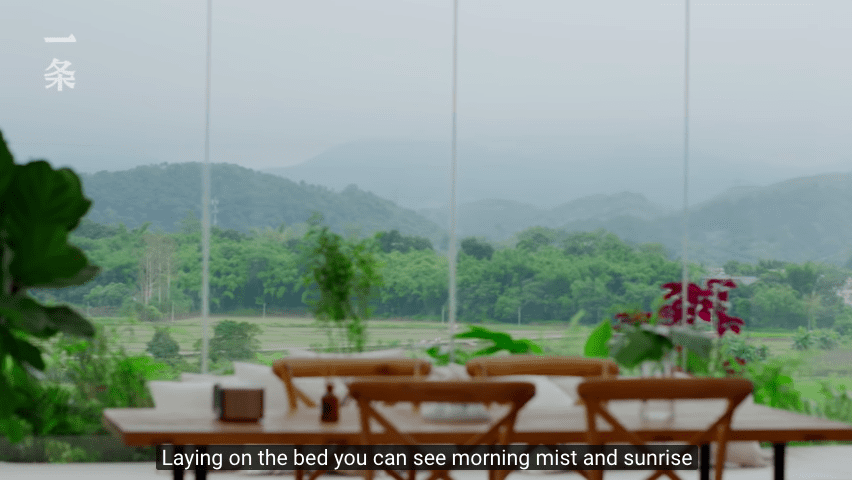
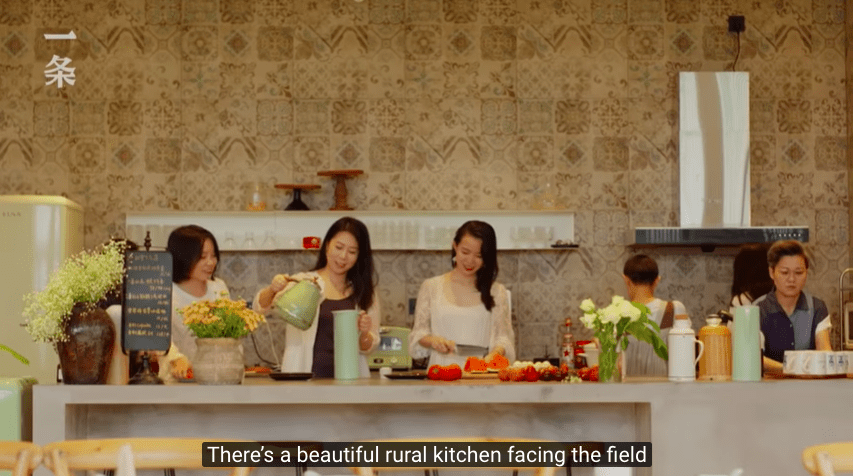
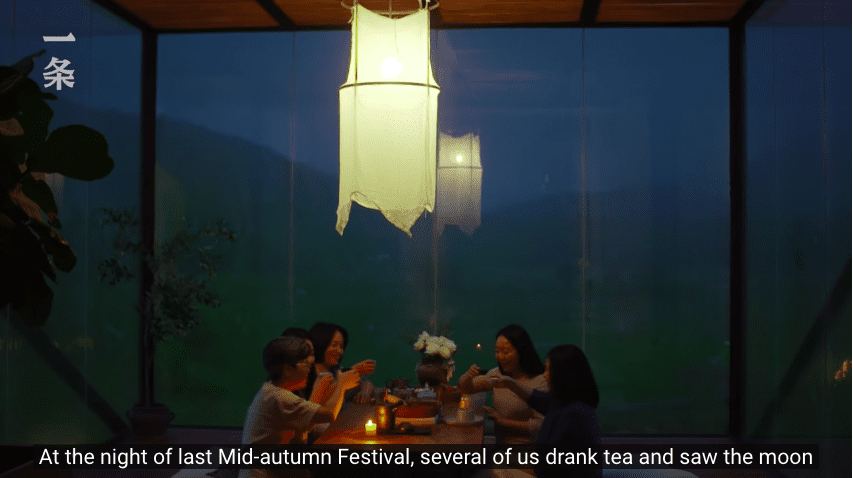

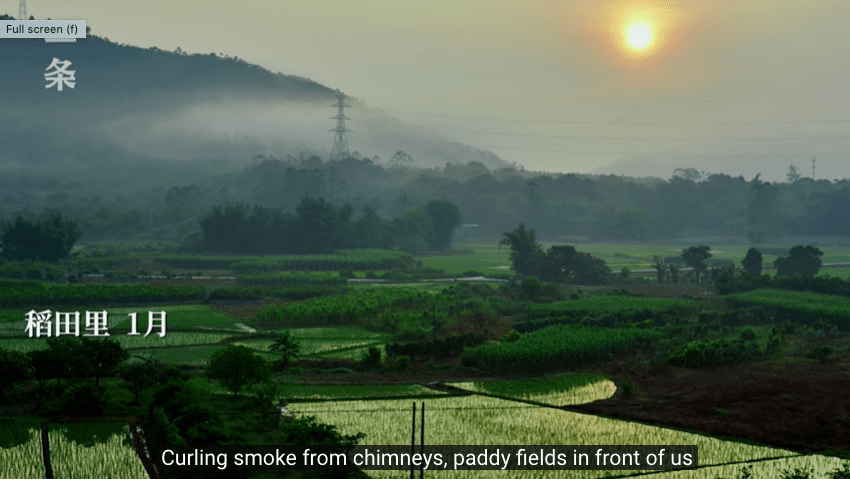
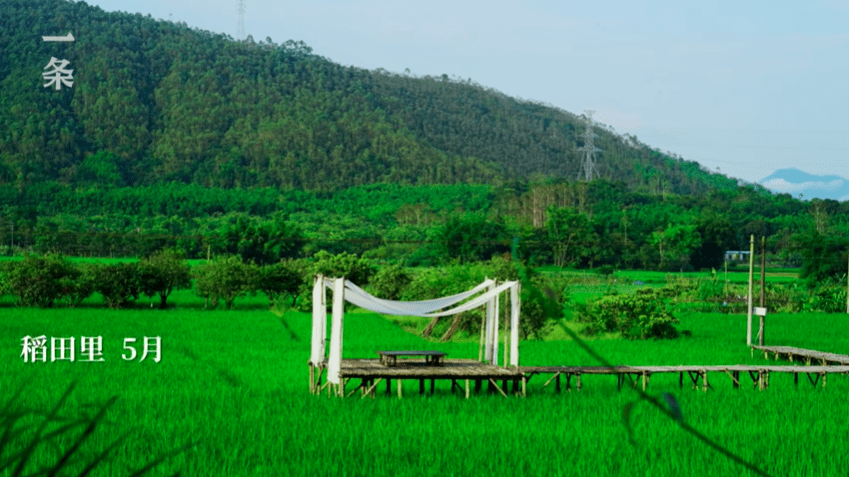

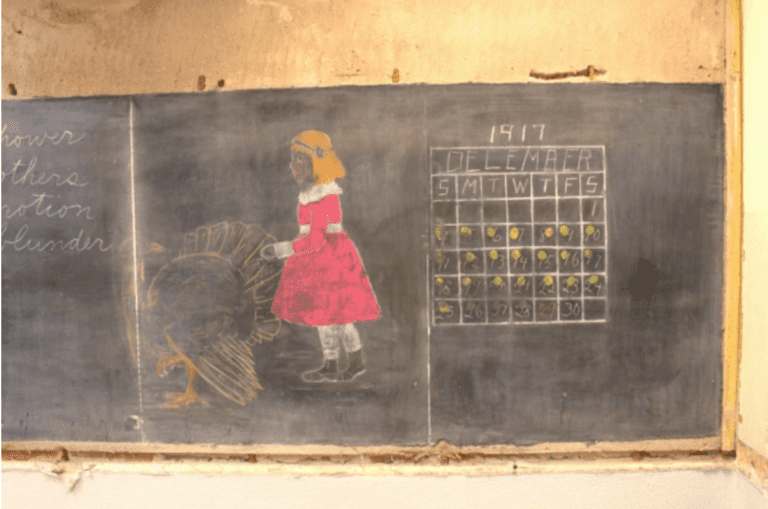


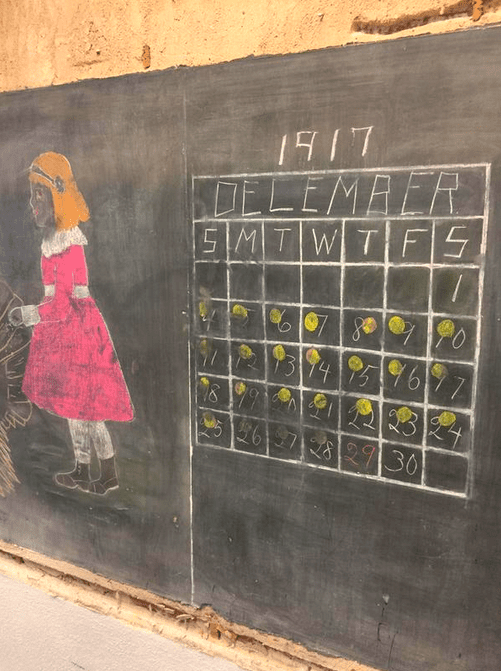



 @fawnvu
@fawnvu #tallinjapan #traditionalarchitecture
#tallinjapan #traditionalarchitecture
 #tall #tallgirl #tallinjapan #tallgirlinjapan #awkwardlean #tallgirlproblem #blond #traditionalclothes #funny #relatable #laugh #funnypicture #longlegs #日本 #日本語 #背が高い #kimono 着物 #tsuruga #つるが #高い #写真 #モデル #model
#tall #tallgirl #tallinjapan #tallgirlinjapan #awkwardlean #tallgirlproblem #blond #traditionalclothes #funny #relatable #laugh #funnypicture #longlegs #日本 #日本語 #背が高い #kimono 着物 #tsuruga #つるが #高い #写真 #モデル #model


 #pandulce @antonia_panaderia #delicioso #lameragordera #soyuncochi
#pandulce @antonia_panaderia #delicioso #lameragordera #soyuncochi 

 Lorella è stata molto gentile e paziente, ci ha mostrato tutti i passaggi delle preparazioni, ci ha dato tanti consigli sulle materie prime da usare e ci ha fatto provare a lavorare tutte le volte possibili.
Lorella è stata molto gentile e paziente, ci ha mostrato tutti i passaggi delle preparazioni, ci ha dato tanti consigli sulle materie prime da usare e ci ha fatto provare a lavorare tutte le volte possibili.  Mia figlia ed io siamo tornate a casa con tanta voglia di provare al più presto quello che abbiamo visto!
Mia figlia ed io siamo tornate a casa con tanta voglia di provare al più presto quello che abbiamo visto! 
 _ * ☆PLATANO ☆QUESO ☆JAMON ☆TOCINETA/PANCETA ☆CARNE DESMECHADA _ 8 estrellas en sabor y calidad _ consulta precios. ☆☆☆☆☆☆☆☆ Trabajamos de 9hrs a 23hrs Hacemos envíos por glovo. ☆☆☆☆☆☆☆☆ #buenosaires #8estrellas #patacon #pastelitos #maracaibo #venezuela #argentina #capitalfederal #comida #tequeyoyo #moñongo #arepas #venezolanos #empleo #caracas #valencia #cordoba #food #tequeños #bollitospelon #venezuelan #pasticho
_ * ☆PLATANO ☆QUESO ☆JAMON ☆TOCINETA/PANCETA ☆CARNE DESMECHADA _ 8 estrellas en sabor y calidad _ consulta precios. ☆☆☆☆☆☆☆☆ Trabajamos de 9hrs a 23hrs Hacemos envíos por glovo. ☆☆☆☆☆☆☆☆ #buenosaires #8estrellas #patacon #pastelitos #maracaibo #venezuela #argentina #capitalfederal #comida #tequeyoyo #moñongo #arepas #venezolanos #empleo #caracas #valencia #cordoba #food #tequeños #bollitospelon #venezuelan #pasticho PS. Only 2NC per serve ┈ ┈ ┈ ┈ ┈ ┈ ┈ ┈ ┈ ┈ ┈ ┈ ┈ ┈ ┈ ┈ ┈ ┈ Cheesy Keto Ensaymada Dough: 1.5C shredded mozzarella cheese 1 egg 1T-2T sweetener (or to taste) 3/4C almond flour (for this recipe I used half lupin flour and half almond) 1tsp baking powder 1/2 tsp xanthan gum 1/8 tsp salt Filling: 2T butter, softened Toppings/Frosting: 4T butter, softened 1C cheddar cheese, grated 2T sweetener (or to taste) Method: 1. Microwave mozzarella cheese in a bowl for 60-90sec. Add egg, stir until incorporated. Add dry ingredients and mix well. 2. Preheat oven to 150°C 3. Divide dough into 8 portions. 4. On a silpat or parchment paper, roll out each piece of dough into a rectangle. Brush a little melted butter over the top of the dough. 5. Roll dough into a log, pinch ends together to seal. Then turn dough seam side down or seam side facing inwards, in the direction where you’ll start twirling. Curl it into a coil. 6. Place on cupcake liners or baking pan. 7. Bake for 15-20min. Note that this will vary from oven to oven 8. Once cooled, add the toppings – butter with sugar and then all the cheese 9. Serve and enjoy . . . . . . . . . #ensaymada #filipinofoodmovement #ketodesserts #ketocommunity #ketolifestyle #fatheaddough #iqs #ketoph #ketoaustralia #ketobaking #ketoyum #ketofoods #lowcarbliving #lowcarblife #ketosisdiet #lchffood #sugarfree #ketobread #ketosweets #ketofoodie #ketorecipes #ketoforlife #ketoideas #ketosnacks #ketogram #ketostrong #ketoapproved #ketojourney #lcif #ketowoe
PS. Only 2NC per serve ┈ ┈ ┈ ┈ ┈ ┈ ┈ ┈ ┈ ┈ ┈ ┈ ┈ ┈ ┈ ┈ ┈ ┈ Cheesy Keto Ensaymada Dough: 1.5C shredded mozzarella cheese 1 egg 1T-2T sweetener (or to taste) 3/4C almond flour (for this recipe I used half lupin flour and half almond) 1tsp baking powder 1/2 tsp xanthan gum 1/8 tsp salt Filling: 2T butter, softened Toppings/Frosting: 4T butter, softened 1C cheddar cheese, grated 2T sweetener (or to taste) Method: 1. Microwave mozzarella cheese in a bowl for 60-90sec. Add egg, stir until incorporated. Add dry ingredients and mix well. 2. Preheat oven to 150°C 3. Divide dough into 8 portions. 4. On a silpat or parchment paper, roll out each piece of dough into a rectangle. Brush a little melted butter over the top of the dough. 5. Roll dough into a log, pinch ends together to seal. Then turn dough seam side down or seam side facing inwards, in the direction where you’ll start twirling. Curl it into a coil. 6. Place on cupcake liners or baking pan. 7. Bake for 15-20min. Note that this will vary from oven to oven 8. Once cooled, add the toppings – butter with sugar and then all the cheese 9. Serve and enjoy . . . . . . . . . #ensaymada #filipinofoodmovement #ketodesserts #ketocommunity #ketolifestyle #fatheaddough #iqs #ketoph #ketoaustralia #ketobaking #ketoyum #ketofoods #lowcarbliving #lowcarblife #ketosisdiet #lchffood #sugarfree #ketobread #ketosweets #ketofoodie #ketorecipes #ketoforlife #ketoideas #ketosnacks #ketogram #ketostrong #ketoapproved #ketojourney #lcif #ketowoe #shanatova #foodporn #beautifulcuisines
#shanatova #foodporn #beautifulcuisines or butter
or butter . The meaning of its name is by the three cuts in the middle.
. The meaning of its name is by the three cuts in the middle.


 #holambra #holambracidadedasflores #019 #circuitodasflores #sorvete #stroopwafel #instafood #instaburger
#holambra #holambracidadedasflores #019 #circuitodasflores #sorvete #stroopwafel #instafood #instaburger #0skillbakers #sistersbaking #marbledcake #baking #backen #amateurbaking #bakingnovice #mamorkuchen #gugelhupf #bundt #nordicware
#0skillbakers #sistersbaking #marbledcake #baking #backen #amateurbaking #bakingnovice #mamorkuchen #gugelhupf #bundt #nordicware The first message about the accident at the Chernobyl nuclear power plant appeared in the Soviet media on April 27, 36 hours after the disaster. ⠀
The first message about the accident at the Chernobyl nuclear power plant appeared in the Soviet media on April 27, 36 hours after the disaster. ⠀  CHERNOBYL INSIDER
CHERNOBYL INSIDER Such spectacular views can be seen on our tours. ⠀
Such spectacular views can be seen on our tours. ⠀  . . . . . #chernobyl #visitkyiv #ukraine #travelinspiration #pripyat #solotravellers #wanderrach #easterneurope #travelgirls #travellergram
. . . . . #chernobyl #visitkyiv #ukraine #travelinspiration #pripyat #solotravellers #wanderrach #easterneurope #travelgirls #travellergram

